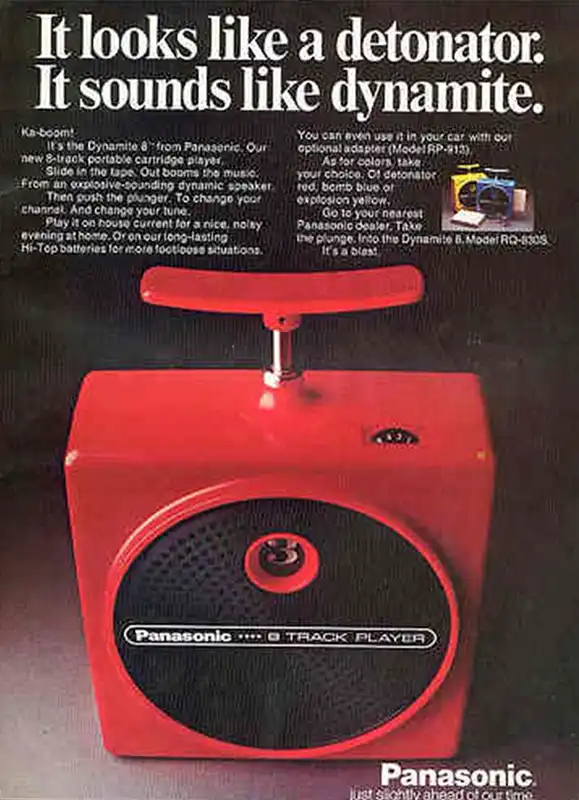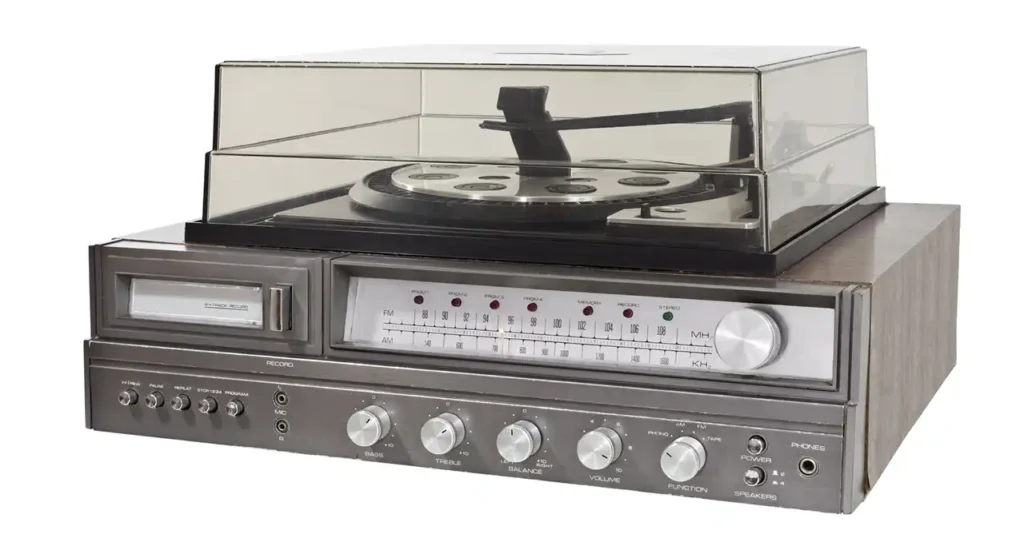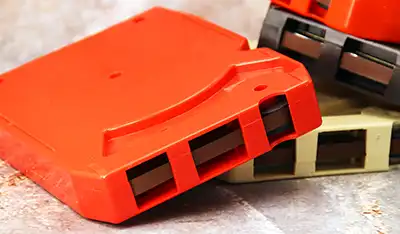

An 8-track tape, also known as 8-track, is a magnetic tape sound recording technology that was popular in the United States during the 1960s and 1970s. It was developed as a consumer format for music playback, providing a portable and convenient way to listen to music.
The tape consists of a continuous loop of 1/4-inch-wide magnetic tape housed in a plastic cartridge. The tape is divided into eight parallel stereo tracks, allowing for the storage of multiple songs or pieces of music. The playback system uses a stationary playback head that reads the tracks as the tape moves past it.
The tape format had several advantages, such as the ability to play continuously without the need to flip the tape (thanks to its looped design) and its portability. However, it also had some drawbacks, including sound quality limitations and a tendency to wear out over time.
Popularity of the 8-track tapes
The format was most popular in North America, specifically in the United States and Canada. They were used in the United Kingdom as well, but to a lesser extent.


Initially they were produced for the auto industry but, with its increase in popularity, portable and home players were introduced in 1966. By 1967, all Ford’s models offered the 8-track player as an option for upgrade. As for the music industry, RCA Victor introduced 175 8-track tapes from it RCA Victor and RCA labels of recording artists. By the end of the decade, they started to arrive within a month of the vinyl release becoming by far the most popular, offering the largest music library of all the tape systems in the United States.

Decline
The popularity of the 8-track format declined in the late 1970s as cassette tapes and other audio formats gained prominence. They were finally phased out of retail stores by 1983. Today, they are considered obsolete, and finding players or tapes can be challenging.

